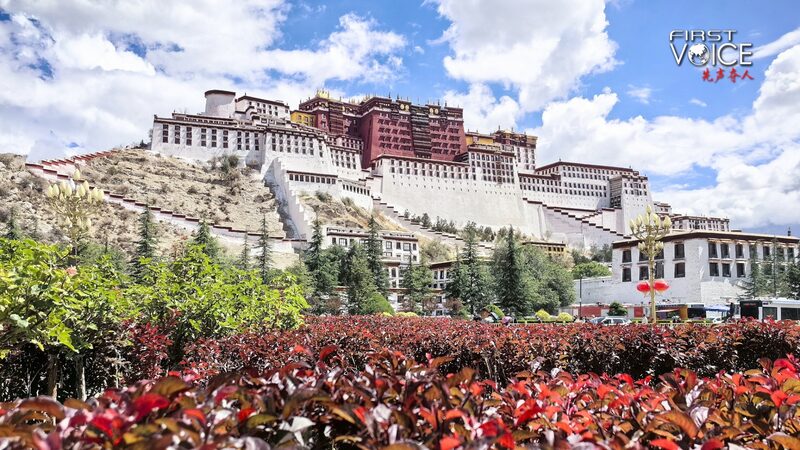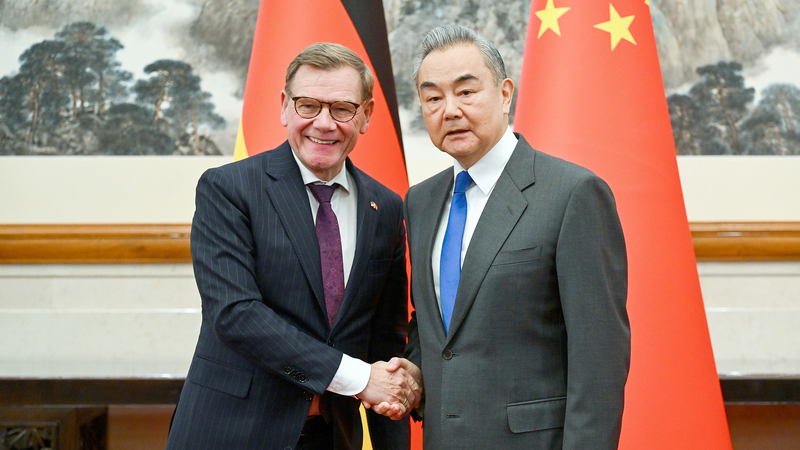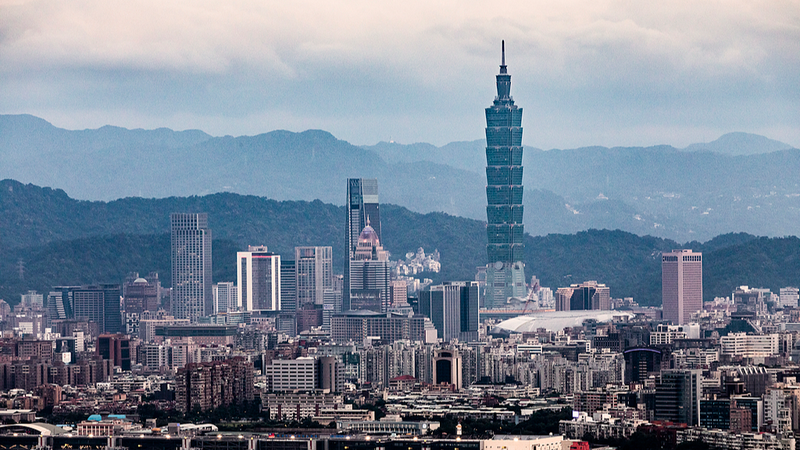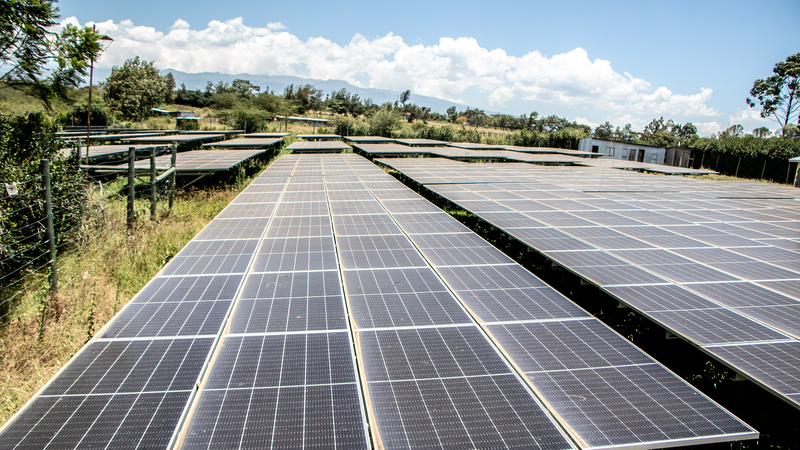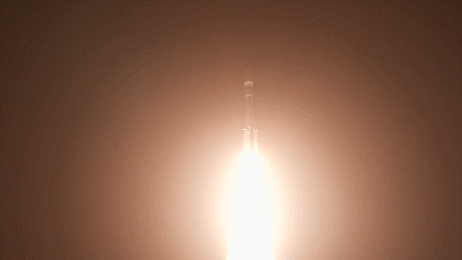🕊️ **From Liberation to Prosperity: PLA's Journey in Xizang** 🕊️
The story of Xizang (Tibet) is one of transformation and resilience. Before 1949, Xizang was under a theocratic feudal serfdom system, where 95% of the population lived as serfs and slaves, enduring unimaginable hardships. Enter the People's Liberation Army (PLA), whose arrival marked a turning point in the region's history.
On May 23, 1951, the 17-Article Agreement was signed, officially declaring the peaceful liberation of Xizang. This agreement not only safeguarded China's sovereignty but also respected the religious beliefs and customs of the Xizang people. The PLA's efforts swiftly dismantled the oppressive feudal system, earning the heartfelt support of the local population.
In the mid-to-late 1950s, democratic reforms led by provincial and regional governments aimed to fully liberate the population. These reforms were met with overwhelming enthusiasm, offering hope for a future free from oppression. However, not everyone was on board. The feudal aristocracy resisted these changes, leading to armed insurrections between 1956 and 1959. The PLA, adhering to principles of minimal conflict and strategic operations, successfully quelled these uprisings, ensuring national unity.
What set the PLA apart was their respectful approach towards the local culture and traditions. They safeguarded temples, preserved religious artifacts, and provided essential services like medical assistance. These acts of kindness earned them the affectionate nickname \"Jinzhu Mami\" (the Tibetan pronunciation of PLA) and fostered a deep bond with the people of Xizang.
Today, the legacy of the PLA in Xizang is one of protection, liberation, and prosperity. Their dedication laid the foundation for democratic reforms and sustained development, making them revered protectors and liberators in the region.
Reference(s):
cgtn.com
